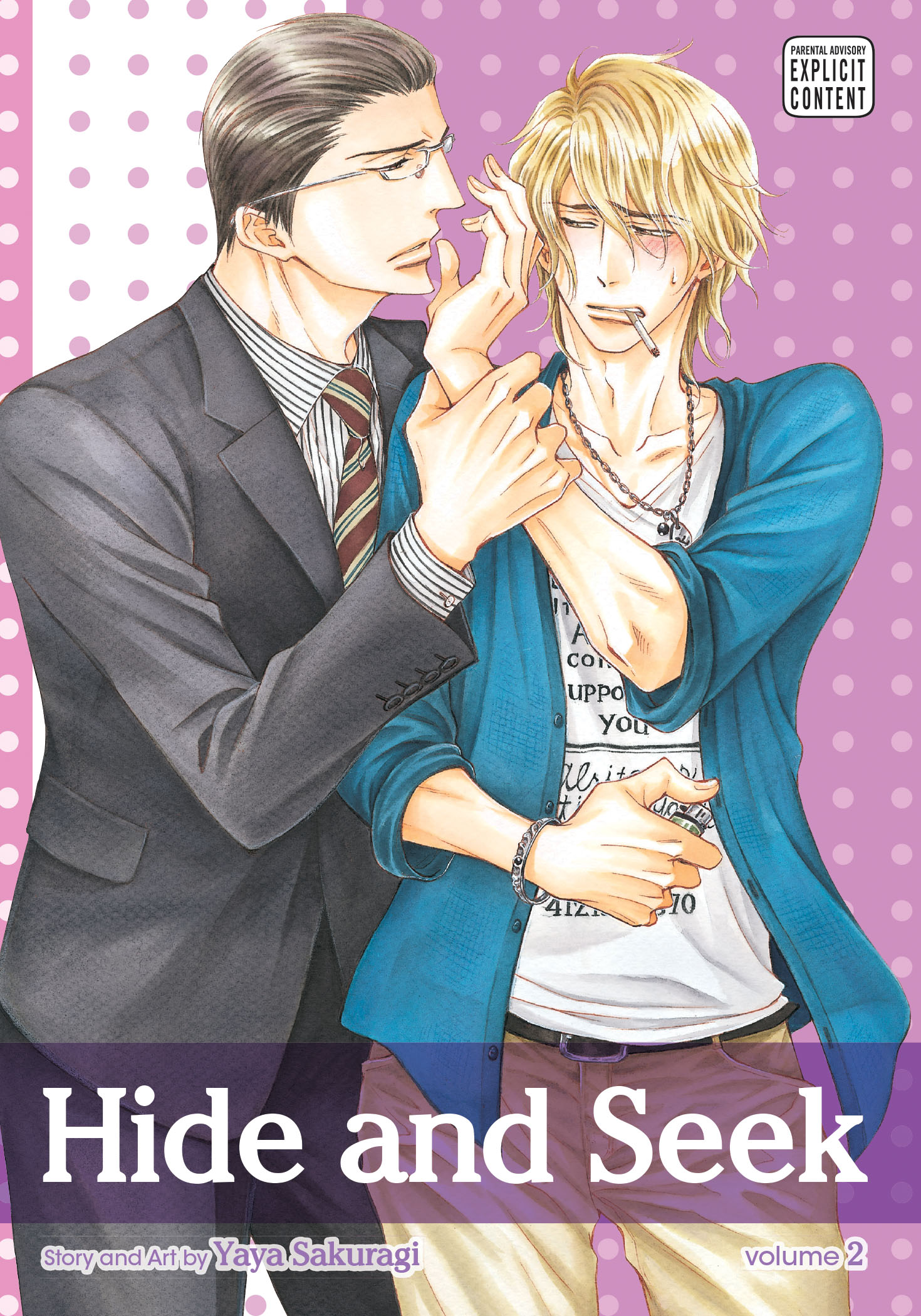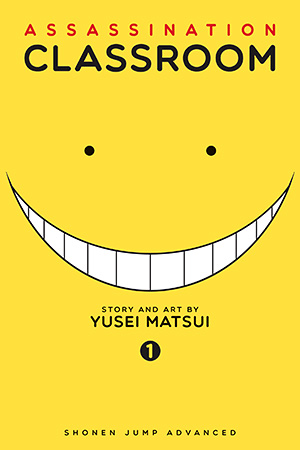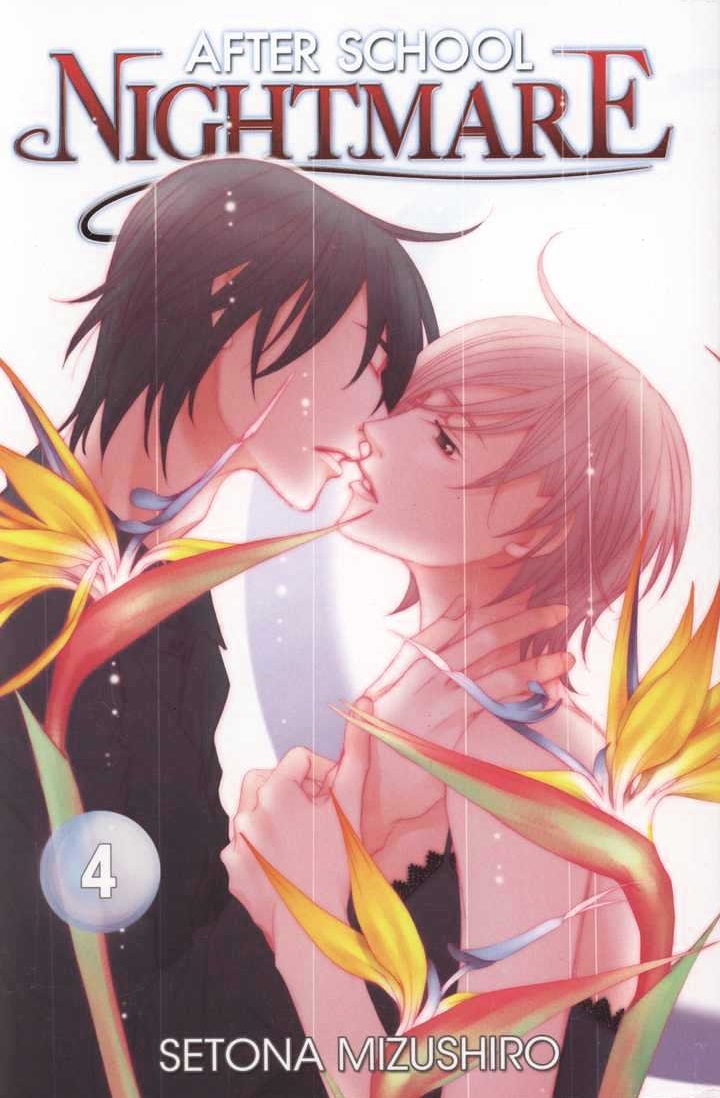Creator: Yaya Sakuragi U.S. publisher: Viz Media ISBN: 9781421558585 Released: March 2014 Original release: 2013 Hide and Seek is a three-volume boys' love manga series by Yaya Sakuragi. The …
Manga Giveaway: Assassination Classroom Giveaway
The end of June draws near, which means the end of the first half of the year is quickly approaching, too. It also means that it's time for another giveaway at Experiments in Manga! Most schools are …
Continue Reading about Manga Giveaway: Assassination Classroom Giveaway →
My Week in Manga: June 15-June 21, 2015
My News and Reviews I was on vacation last week, much of which was spent in the middle of the woods in the middle of Ohio camping with my family. This meant I had very little Internet access. But …
Continue Reading about My Week in Manga: June 15-June 21, 2015 →
The Devil Is a Part-Timer!, Volume 1
Author: Satoshi Wagahara Illustrator: 029 Translator: Kevin Gifford U.S. publisher: Yen Press ISBN: 9780316383127 Released: April 2015 Original release: 2011 Awards: Dengeki Novel Prize The …
Continue Reading about The Devil Is a Part-Timer!, Volume 1 →
After School Nightmare, Volume 4
Creator: Setona Mizushiro U.S. publisher: Go! Comi ISBN: 9781933617336 Released: July 2007 Original release: 2006 Setona Mizushiro's After School Nightmare is a ten-volume manga series, an …
My Week in Manga: June 8-June 14, 2015
My News and Reviews Two reviews were posted last week at Experiments in Manga. First up was my review of the short comic The Ring of Saturn by Kaiju, a creative team made up of Kate Rhodes and …
Continue Reading about My Week in Manga: June 8-June 14, 2015 →





